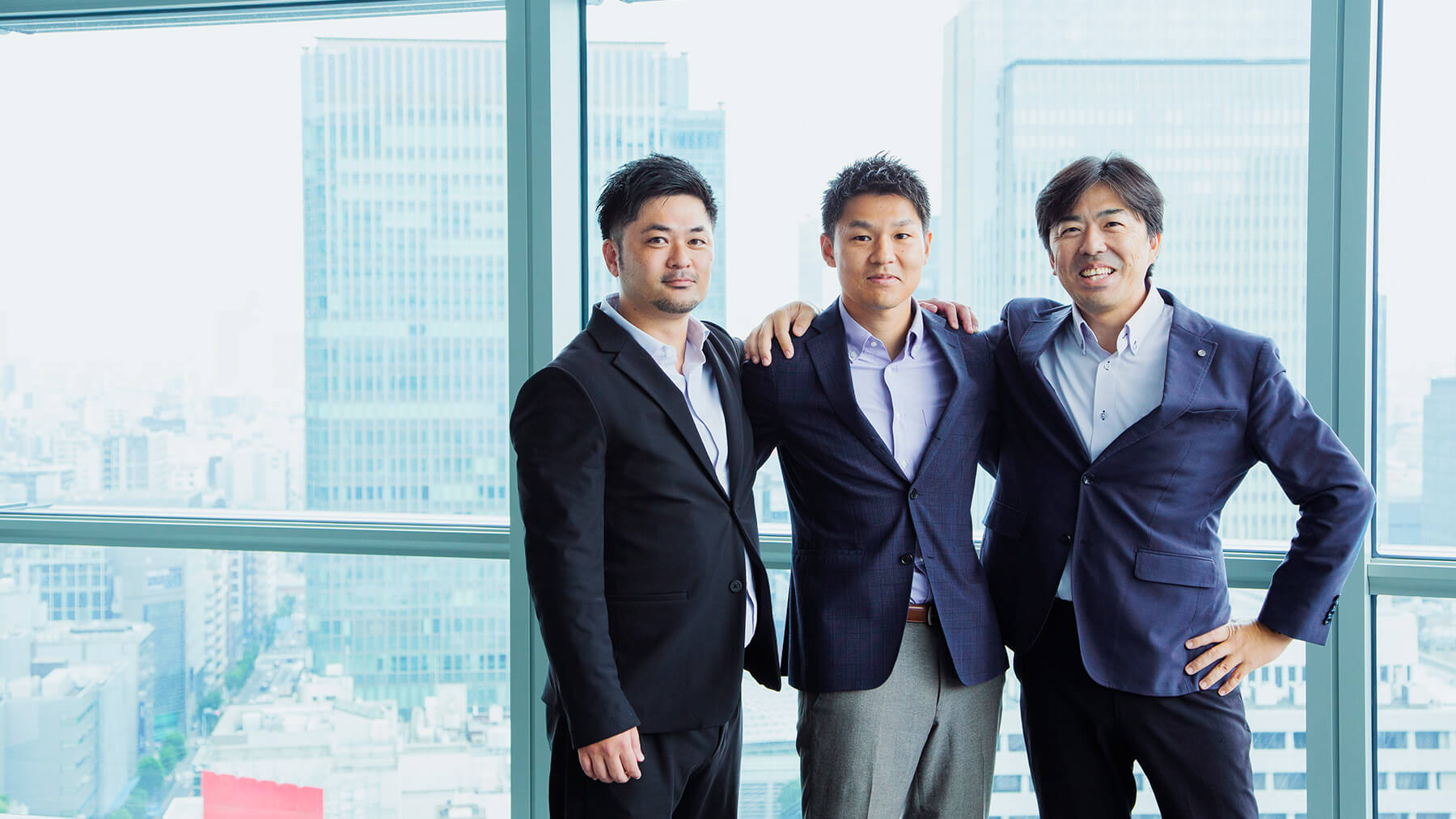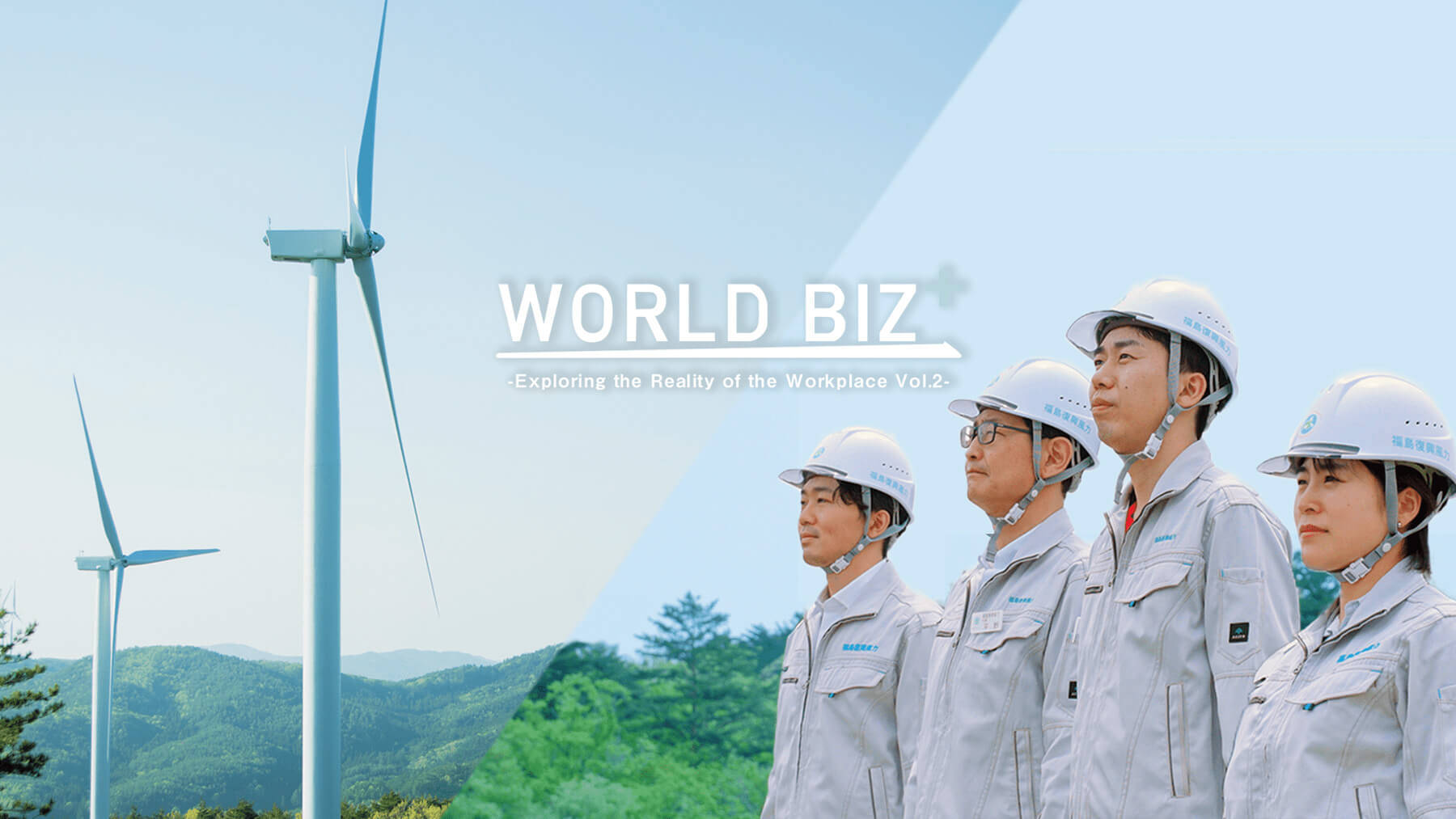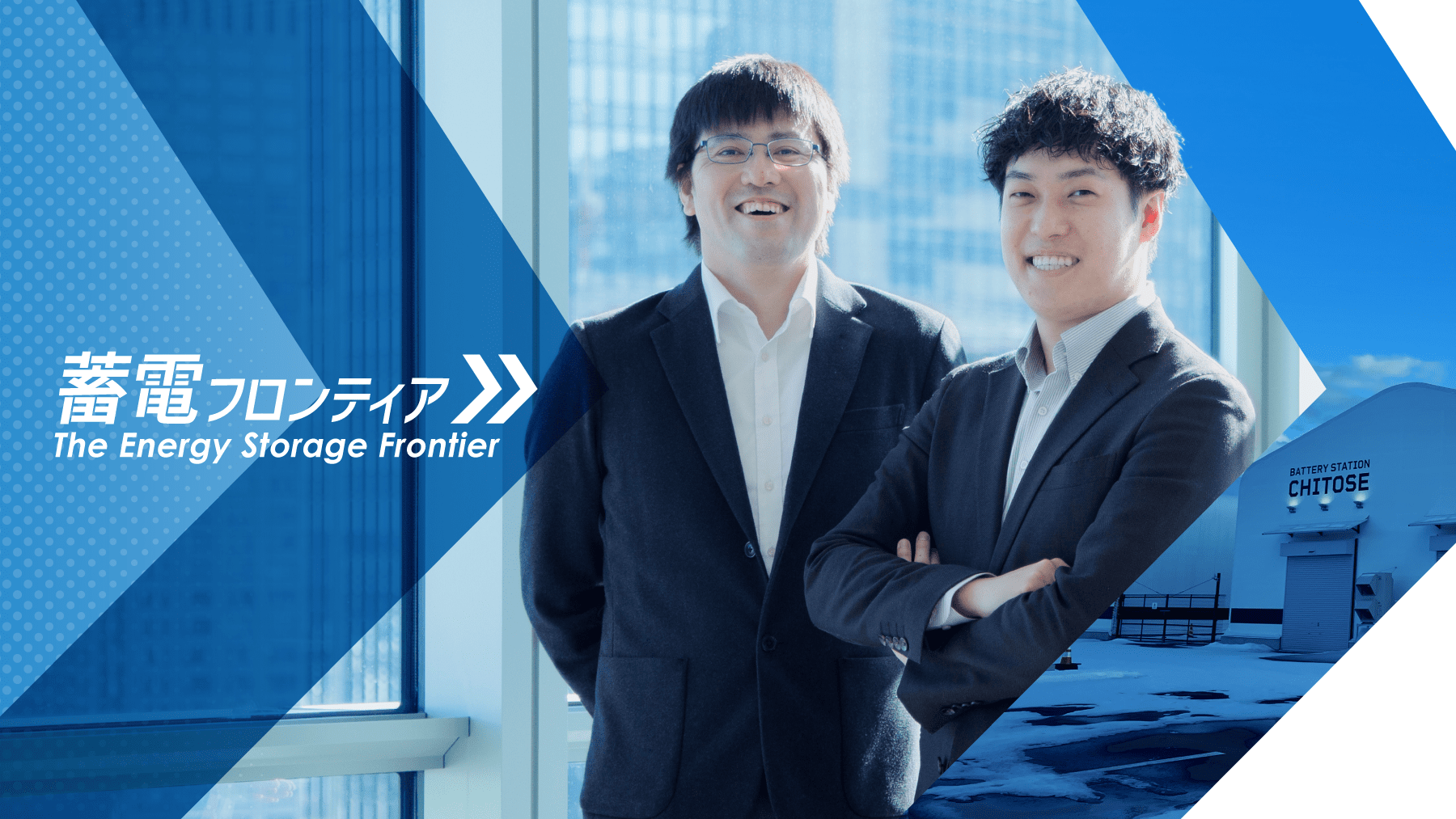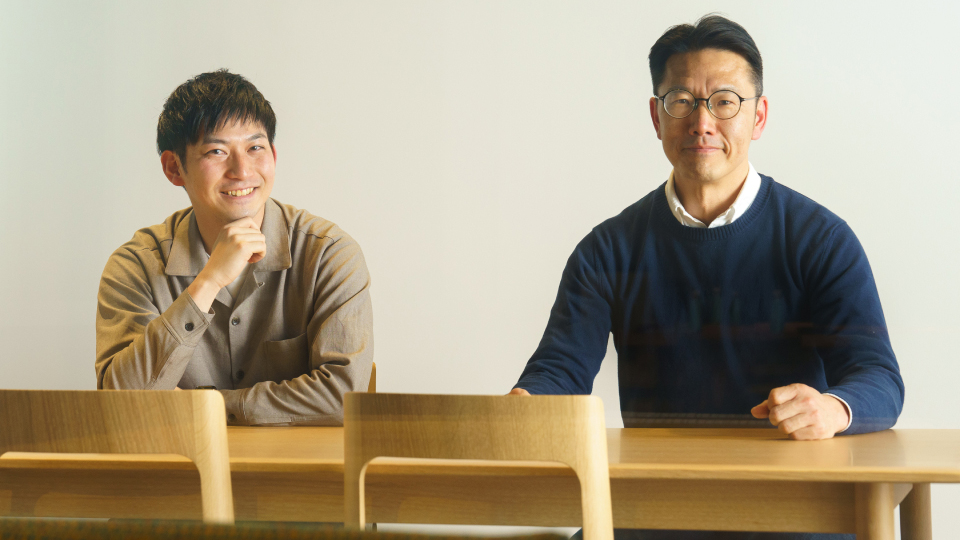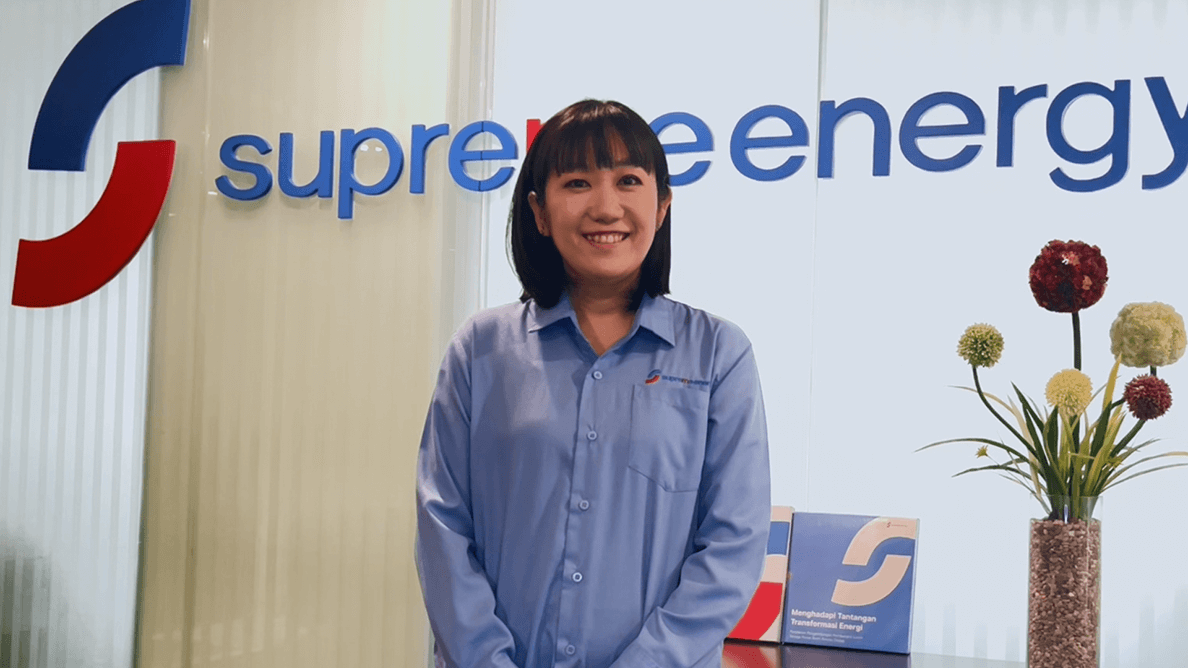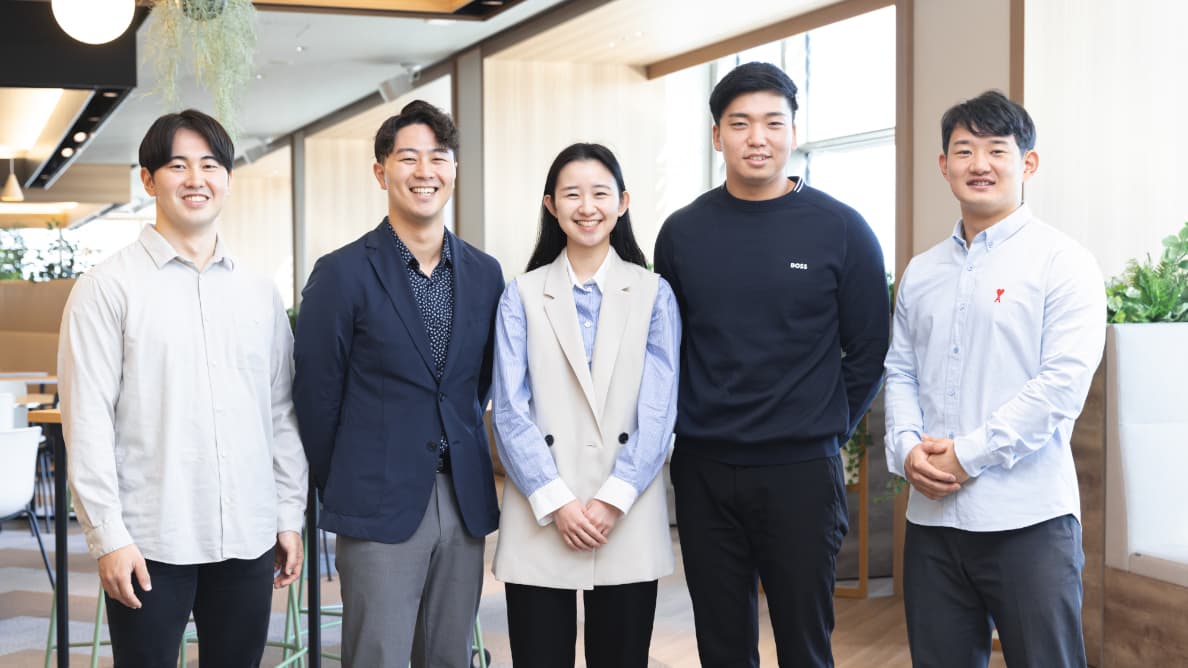
- TOP
- Enriching+TOP
- Retail electricity sales – ensuring reliable power supply –
2023.10.1
Business
Retail electricity sales – ensuring reliable power supply –

This content was originally published in October 2022.

A new market created by electricity deregulation in Japan
The movement toward electricity deregulation in Japan began in the mid-1990s. In 2000, partial liberalization of the retail electricity sector allowed certain qualified companies to offer electricity to large-scale users—such as factories and office buildings—under "extra-high-voltage" contracts.
Subsequently, deregulation gradually extended to "high-voltage" customers, including small factories, and later to "low-voltage" customers such as residential households. This step-by-step liberalization culminated in the full deregulation of Japan’s retail electricity market in April 2016.
As a result, both corporate and residential customers gained the ability to choose their electricity providers. A wide range of options became available, including companies offering lower prices, enhanced services, and environmentally conscious energy solutions—allowing consumers to select providers that best align with their needs and values.
Participating in the retail electricity market since 2001
Summit Energy Corporation ("Summit Energy"), a company established by Sumitomo Corporation, entered the retail electricity services in July 2001, when deregulation was still in its early stages, initially focused on western Japan, the company began full-scale nationwide expansion in 2004. Today, Summit Energy offers electricity to both commercial & industrial customers and residential customers through a diversified procurement strategy. This includes power generated from its four owned power plants, facilities operated by Sumitomo Corporation Group and other companies as well as from the electricity trading market operated by Japan Electric Power Exchange that established as result of deregulation.
Summit Energy has two competitive advantages. The first point is that by utilizing the in-house operation center to manage and adjust the supply and demand of electricity, we are able to procure electricity from multiple sources and optimize the supply mix based on each customer’s usage profile. This approach enables us to offer electricity at relatively stable prices. Secondly, by leveraging the extensive knowledge of the retail market of Japan and advanced information management system developed over many years at Summit Energy and by utilized the business network of Sumitomo Corporation Group, we could offer the services and contract terms to respond to diverse customer needs.
Stable power generation using biomass power plants
Summit Energy currently operates four power generation facilities: Itoigawa Biomass Power Plant (Itoigawa City, Niigata Prefecture), Chiba Minato Power Plant (Chiba City, Chiba Prefecture), Handa Biomass Power Plant (Handa City, Aichi Prefecture), and Sakata Biomass Power Plant (Sakata City, Yamagata Prefecture). Three of these facilities generate electricity using wood biomass fuels. Biomass power generation is characterized by a circular model in which trees absorb CO₂ during their growth through photosynthesis, and that same biomass is later used as fuel for electricity generation. Compared to other renewable energy sources such as solar and wind—which are more susceptible to weather conditions, biomass power generation enables stable and reliable power supply.
Itoigawa Biomass Power Plant, which commenced commercial operation in 2005 with 50,000 kW output, is a pioneering biomass power plant serving the retail market. This power plant uses Wood chips from construction waste as its main fuel source, and it has also been utilized for the disposal construction waste contained in earthquake debris from Kumamoto Earthquake (2016) and the Noto Peninsula Earthquake (2024). Even after 20 years of operation, it continues to make a significant contribution to society.
Handa Biomass Power Plant started commercial operation in June 2017. It was one of Japanese largest biomass power plants at that time, with 75,000 kW output. Handa Biomass Power Plant uses Wood chips and Palm kernel shells (PKS) imported from overseas. In recent years, we have also increased the utilization ratio of thinned wood from properly managed forests in Aichi Prefecture and neighboring Gifu and Mie Prefecture as fuel, significantly contributing to the appropriate forest management and the regional economy related to forestry. To facilitate shipping, unloading, and delivery of those fuels, the power plant is built adjacent to a prominent port in Japan which has enough depth to allow berthing of large ships. Further the plant has completely sealed fuel receiving, storage and transportation facilities for preventing diffusion of dust arising from such fuels in order to avoid interference and ensure harmony with the local community. Sakata Biomass Power Plant, Summit Energy's third biomass power plant, uses mainly Wood chips produced in Yamagata Prefecture in addition to imported Wood pellet (compressed sawdust) as a fuel, with the aim of contributing to the revitalization of the local forestry industry. Similar to the other plants, Sakata Biomass Power Plant is also committed to the development of the local community by employing most of its personnel, including mechanical and electrical specialists, from the local area.
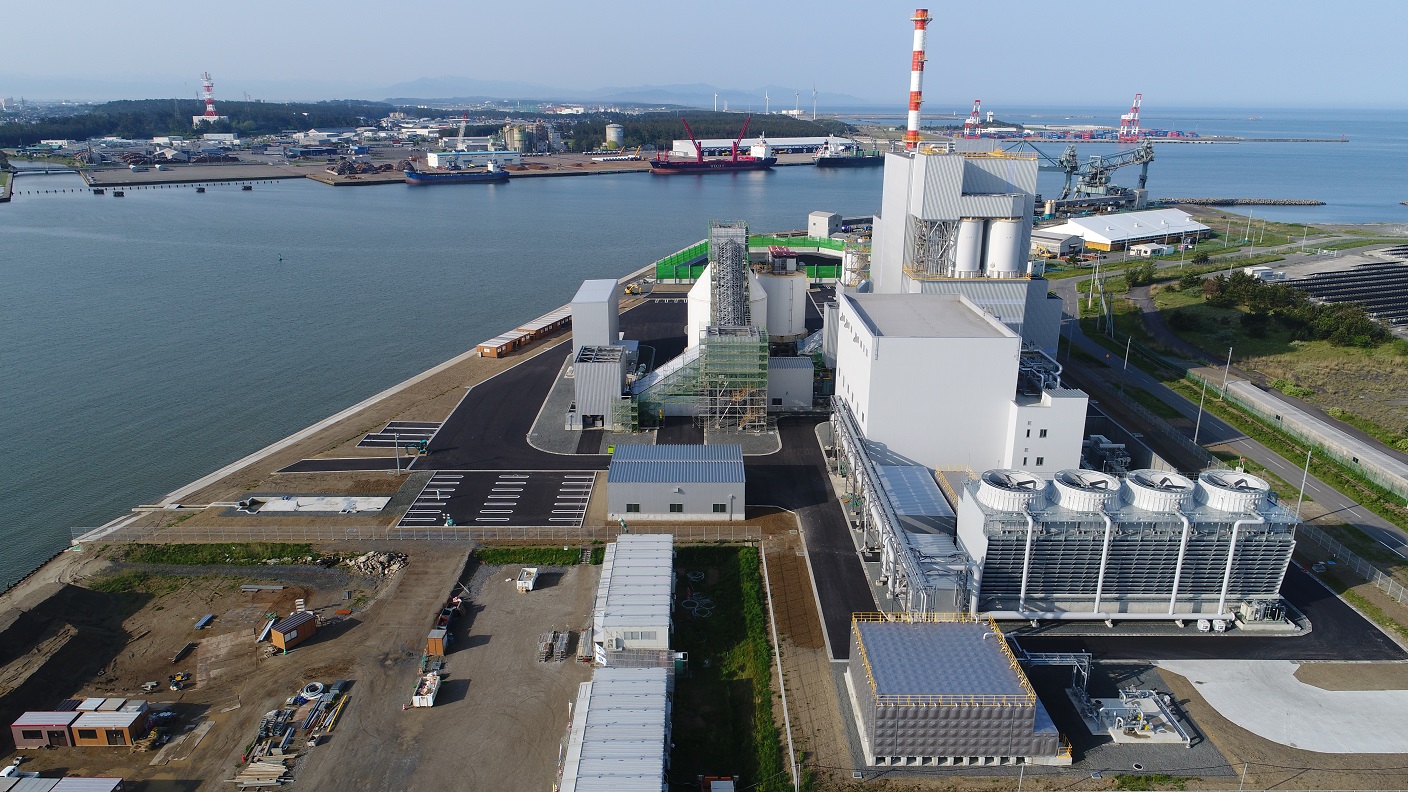
There are varieties of wood biomass, such as domestic wood chip made from construction waste and thinned timbers, imported wood chips, PKS, wood pellets etc. Using different types of wood biomass fuels, Summit Energy has achieved stable power supply by reducing the procurement risks through the appropriate combination of three biomass power plants.
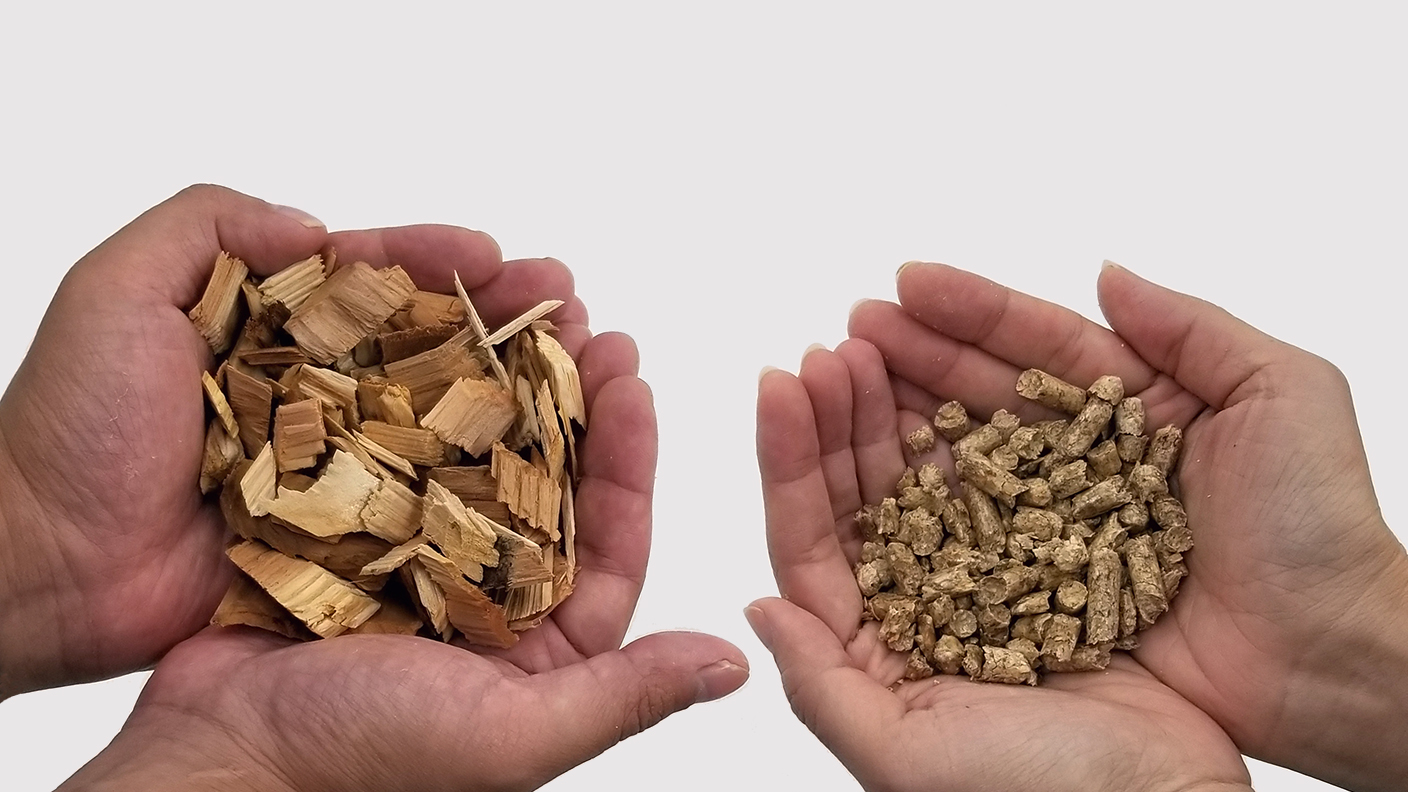
Creating true social value in response to changes in the market

The complete deregulation of the retail electricity market in 2016 has brought many companies into the new electricity retail market. The number of retailers has increased to approximately 730 companies. Although the market share of those companies temporarily declined during the electricity price spike in 2022, it has since recovered and currently accounts for around 18% of the entire market. Japanese retail electricity market had been on a downward trend due to energy-saving efforts and a declining population, but the Ministry of Economy, Trade and Industry estimates that the electricity demand will reach approximately 852.4 billion kWh in FY2034, which is 6% increase compared to FY2024, due to upcoming construction of new data centers and semiconductor manufacturing facilities.
Going forward, the market and its participants will be subject to major changes in response to challenges for carbon neutrality and the implementation of new technologies, among other factors. In this evolving landscape, Summit Energy remains focused on its core mission: leveraging 24 years of operational experience to deliver electricity reliably and consistently to its customers.
Also, Summit Energy is committed to fulfilling key social responsibilities—coexisting with the global environment using circular resources, contributing to regional development, and supporting the foundation of comfortable living for communities. With these values at its core, Summit Energy aims to maintain a strong and enduring presence in the electricity market.

